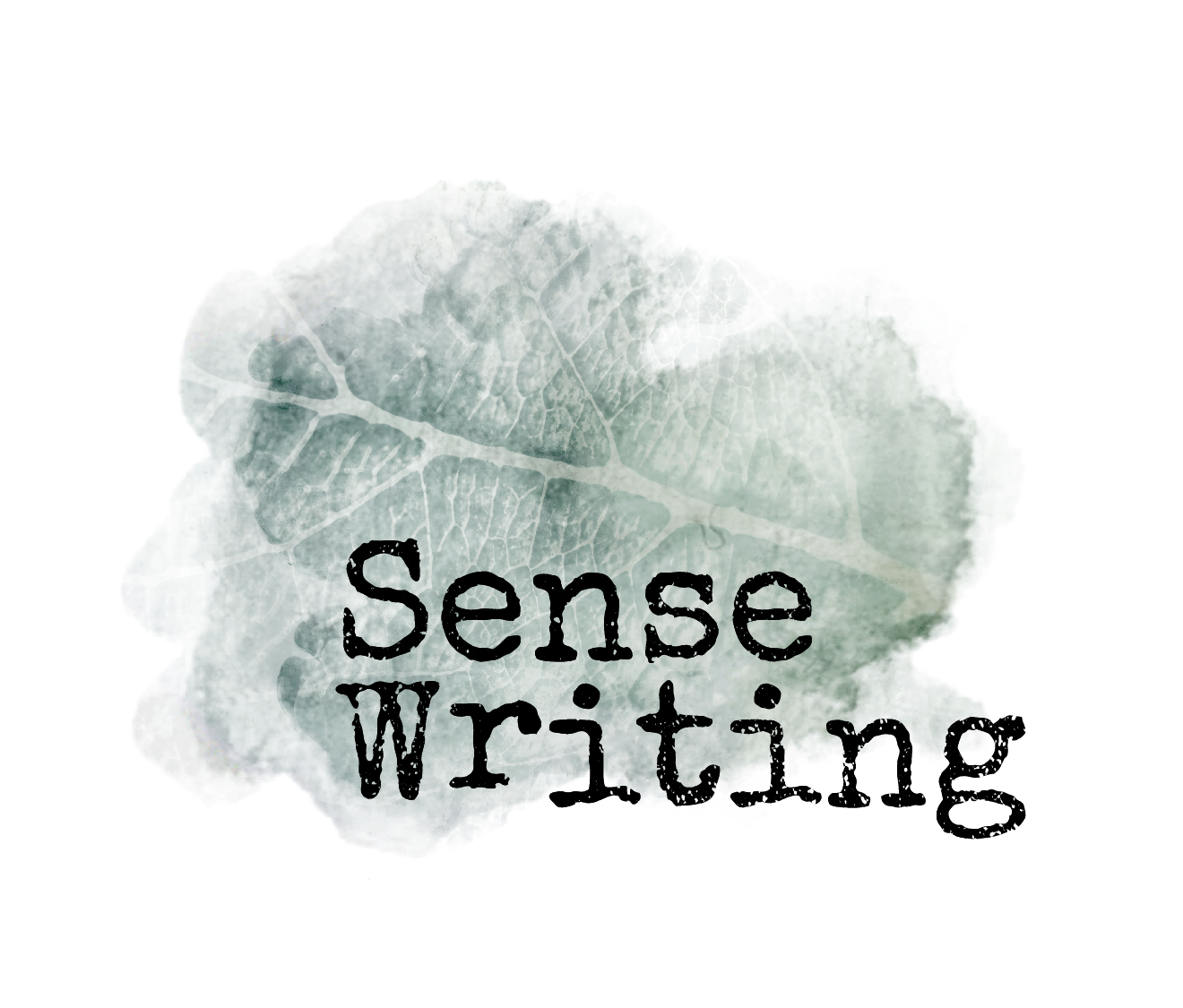“Much more of the brain is devoted to movement than to language. Language is only a little thing sitting on top of this huge ocean of movement.” -Oliver Sacks
Diving Below the Surface
Earlier today I was in a cafe with a founding member of a bi-national Palestinian/Israeli organization that I’ve admired for a long time. I remember attending one of their presentations years ago in some wall-less castle in the West Bank. The men sat and spoke to us about the formation of the group and what had brought each to join. I was struck as much by the specificity of each of their stories as by the intimacy between them— muscular, almost cellular. These were both Palestinian and Israeli men once engaged in violence towards the other.
In the last ten years, women and men have been meeting several times a year, mostly in small, regional groups. Working closely on specific projects together, collaborating with communities to rebuild homes demolished by the army, making action-based theater, engaging in non-violent communication (NVC), these local groups seemed to have evolved a single and elegant motivation that defines the whole: refining the interplay between raising awareness of the effects of the occupation and bringing transformation to individual members.
“Personal trauma,” he said, “is always political. So before the political, we always deal with the personal. Always.”
In the United States, there has been so much discussion about transformation. In addition to the proliferation of personal transformation movements seen in the last several decades, an urge has surfaced recently for large-scale structural change. It seems that, after the election and within the extreme ideological lurching of America, more and more people are finally drawing connections between personal and political trauma. People are sharing their stories on social media more and more, and with this, a resonance is growing between a kind of internal repair that comes through the act of forming and expressing one’s story and an external repair with the world as these stories are being received by communities of people.
The Substrate Below
As more Americans are clarifying the direct relationship between personal and political trauma, however, the means to connect the two in action remain dissatisfying, often elusive. On the bus ride home from the meeting, I started to make connections between our conversation and what I have been asking myself lately: What are the means of reflection that we engage in? How do these means of reflection determine action? And, if we are stuck in habitual grooves of reflection, then are we also stuck in habitual action, repeating the same power dynamics we’re wishing to subvert and dissolve?
In both my life and work, I have experienced how culture can seize the physiological underpinnings of those in trauma and stress, repackaging fear into adhesive narratives of meaning. For the last several years, I have been teaching writing in cities throughout the world, many of which have been deeply impacted by war and violence. In these cities, the anxiety that may keep someone unable to settle down into herself and the intimacy of her own writing is not dissimilar to the chronic states of stress with which many us live, even in places of relative physical safety. Though the causes are many, the result is that people are living in internally dys-regulated states, the expressions of which we’ve come to categorize as symptoms of syndromes such as anxiety, burn-out, and post-traumatic stress disorder.
For over a decade, I have been integrating Somatics (the study of movement and the body) and research into trauma’s effect on the nervous system into my own creative process as a theater artist, as well as a teacher. A decade ago, I quit my job teaching playwriting and screenwriting at New York University and left the city to study in a training program in Feldenkrais, eventually developing new inquiries into the body, creativity, and the process of writing. I now teach an approach to creative writing where participants learn how to work directly with their own nervous systems to support its ability to regulate itself to access creative flow and deeper processes of artistic discovery.
As the result of the work that I do, I sometimes look at people (quite romantically) as nervous systems sheathed in skin, and have come to view the body and the nervous system as one and the same. This “nervous system/body” is where we can settle down into a substrate below the grooves of habitual action and language, where we can learn to quiet cognitive noise, and let new patterns of sensation and thought emerge. This body is where we are able to engage in a relationship with our nervous system, feel and understand stress physiology on a subterranean level. Regulation and, in fact, choice comes from an intimate engagement with our agile, and thankfully, changeable nervous system. A dance that is an exquisitely sensitive interplay of precision and mystery.
Perhaps paradoxically as a writer and writing teacher, I have also come to think of this nervous system/body as the repository of any act that is free.



